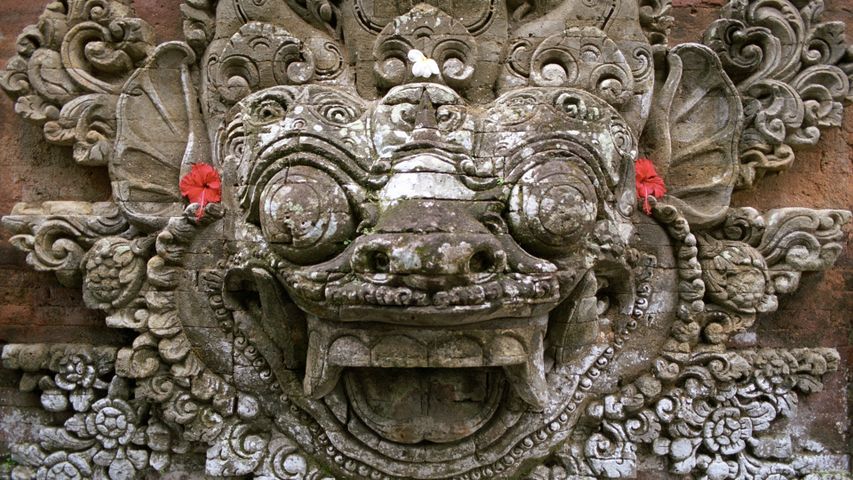Wolfe Creek Crater, Australia
© Abstract Aerial Art/Getty Image
Rock-solid defense. Asteroid Day
Each scar on Earth from a meteorite impact tells a story—from the asteroid that wiped out the dinosaurs to the lesser-known craters that dot the planet. Asteroid Day highlights ongoing research into asteroids and the potential threats they pose. Started in 2015 and backed by the United Nations, this day marks the anniversary of the Tunguska event—a massive explosion that occurred in Siberia on June 30, 1908. This explosion flattened over 800 square miles of Siberian forest near the Tunguska River. The blast released energy equal to 10–15 megatons of trinitrotoluene (TNT), a standard measure of explosive force. Since then, craters like Arizona's Barringer, Quebec's Manicouagan and others have helped scientists study what happens when space rocks hit Earth.
Wolfe Creek Crater in Western Australia, pictured here, was created by a meteorite estimated to have weighed over 14,000 tonnes. The crater is about 875 metres in diameter and sits within Wolfe Creek Meteorite Crater National Park, a remote protected area. The park's flat plains and desert grasslands make the crater's rim especially visible. Today, visitors can walk along the rim and learn about its significance to both science and local Indigenous communities.
Related Images
Bing Today Images
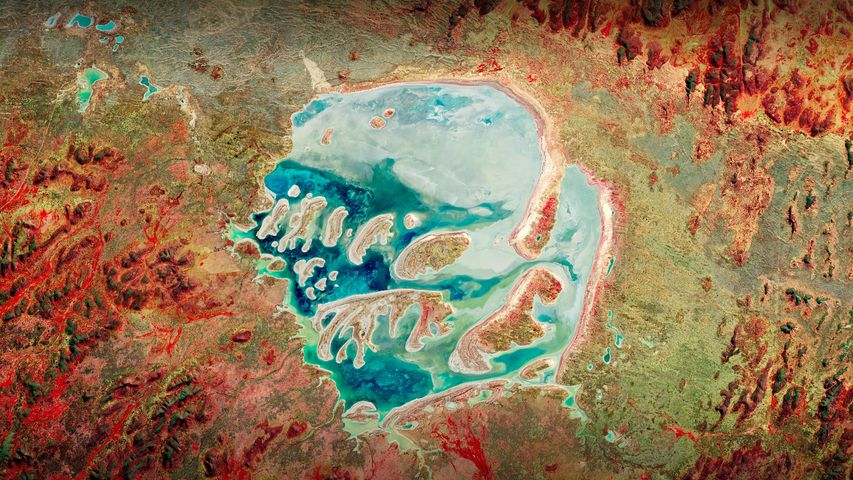
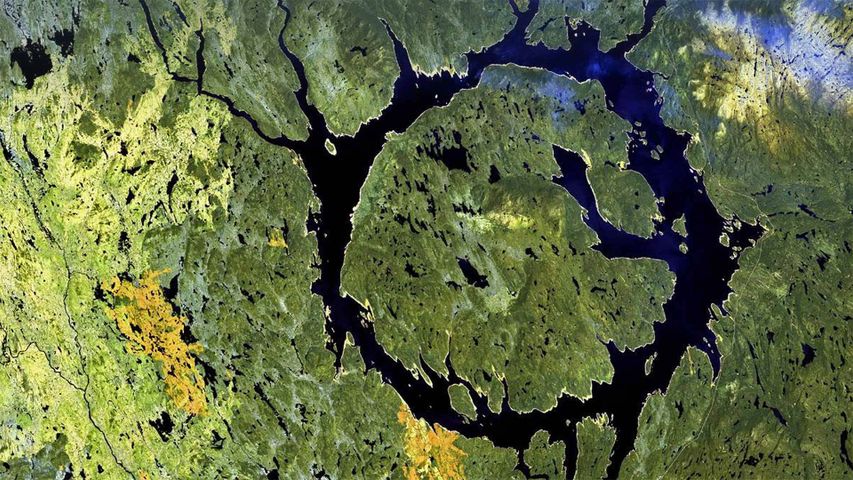
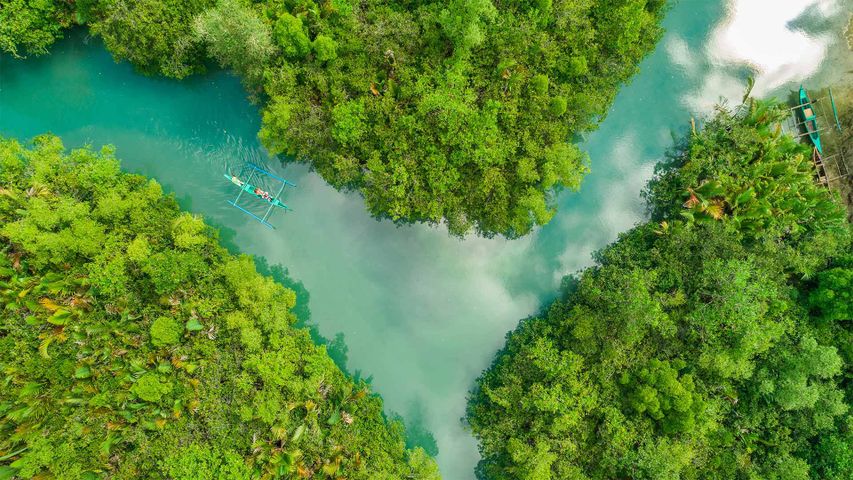

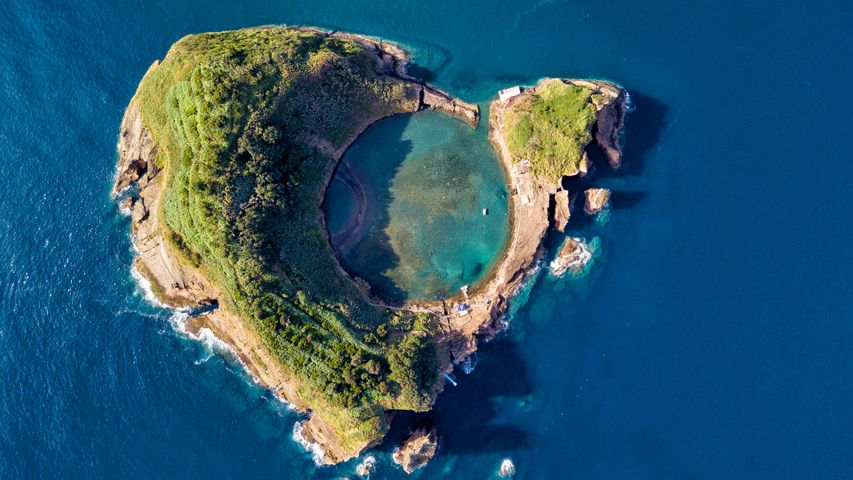 Vila Franca Islet, São Miguel Island, Azores, Portugal
Vila Franca Islet, São Miguel Island, Azores, Portugal
 Cala Luna beach, Sardinia, Italy
Cala Luna beach, Sardinia, Italy
 Tea garden at Yangjiatang Village, Songyang County, China
Tea garden at Yangjiatang Village, Songyang County, China
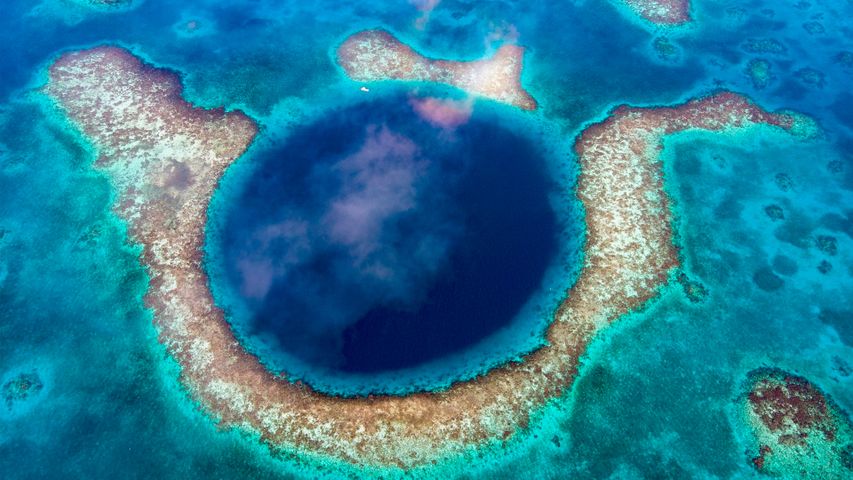 Great Blue Hole, Belize
Great Blue Hole, Belize
 Aerial view of the Grand Canal and the Basilica di Santa Maria della Salute, Venice, Italy
Aerial view of the Grand Canal and the Basilica di Santa Maria della Salute, Venice, Italy
 Aerial view of a roundabout in Dhaka, Bangladesh
Aerial view of a roundabout in Dhaka, Bangladesh
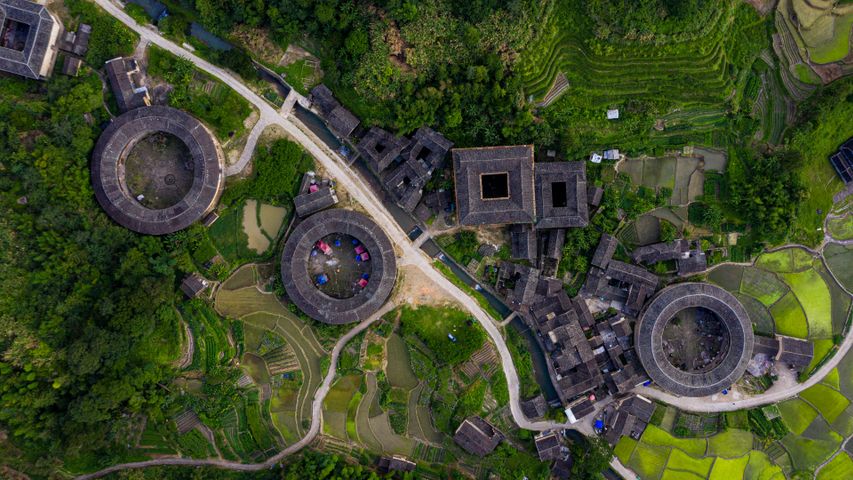 Fujian Tulou complex of historical and cultural heritage buildings in Fujian province, China
Fujian Tulou complex of historical and cultural heritage buildings in Fujian province, China
 Lesser flamingos flying over Lake Magadi, Kenya
Lesser flamingos flying over Lake Magadi, Kenya
